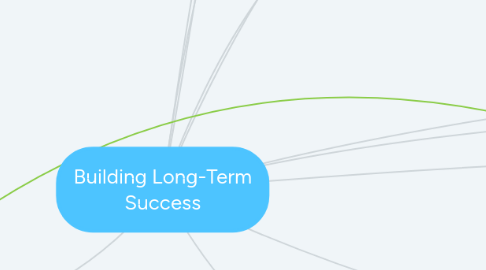
1. Relationship Marketing
1.1. Benefits
1.2. Customer loyalty
1.3. Customer value
1.4. Customer satisfaction
1.5. Commitment and trust
1.6. Service-dominant logic
1.7. Types of relationships
1.7.1. Classic marketing
1.7.2. Special marketing
1.7.3. Mega relationships
1.7.4. Nano relationships
1.8. Business to business
1.8.1. commitment
1.8.2. trust
1.8.3. norms
1.8.4. dependence
1.9. Relational strategies
1.9.1. higher acquisition costs
1.9.2. high exit barriers
1.9.3. competitive advantage
1.9.4. expanding market
1.9.5. high risk product/service
1.9.6. requirement for trust & commitment
1.9.7. perceived need for closeness
1.9.8. satisfaction beneficial to retention
2. Marketing
2.1. Managing long-term marketing
2.1.1. Crises
2.1.1.1. externally generated
2.1.1.2. internally generated
2.1.1.3. managing
2.1.2. Measuring success
2.1.2.1. measurements
2.1.2.1.1. profit
2.1.2.1.2. sales
2.1.2.1.3. gross margin
2.1.2.1.4. awareness
2.1.2.1.5. market share
2.1.2.1.6. number of new products
2.1.2.1.7. relative price
2.1.2.1.8. customer satisfaction
2.1.2.1.9. distribution/availability
2.1.2.2. other measures
2.1.2.3. multiple measurements
2.2. internal
2.2.1. role of staff
2.2.2. communication
2.2.3. critical service interactions
2.2.4. unfair customers
2.2.5. types of employees
3. Planning for Success
3.1. Short
3.2. Medium
3.3. Long
4. Fostering innovation
5. Leadership
5.1. As a person
5.2. As a result
5.3. As a position
5.4. As a purpose
5.5. Followership
6. Management
6.1. Motivation
6.2. Politics
6.2.1. Understanding political contexts
6.2.2. Analysing political contexts
6.2.3. Managing political contexts
7. Quality improvement
7.1. Improvement
7.1.1. Importance-performance matrics
7.1.1.1. judge the importance of measures
7.1.1.2. judge performance against competitiors
7.1.1.3. match performance against characteristics
7.1.1.4. develop improvement plans
7.2. sustainability
7.3. management
7.4. cost of quality
7.4.1. prevention
7.4.2. appraisal
7.4.3. internal cost
7.4.4. external cost
7.5. quality systems
7.5.1. ISO9000
7.5.2. EFQM Excellence Model
7.6. quality assurance and quality control
7.6.1. tools
7.6.1.1. histogram
7.6.1.2. control chart
7.6.1.3. scatter diagram
7.6.1.4. pareto chart
7.6.1.5. checklist
7.6.1.6. cause-effect diagram
7.6.1.7. stratification
8. Operational Risk
8.1. Hazards
8.2. Impact
8.3. Likelihood
8.4. Managing risk
8.4.1. reduce the impact
8.4.2. reduce the likelihood
8.4.3. recover
9. Value Player/Values
9.1. Shareholder Value
9.2. Shared Value
9.2.1. corporate social responsibility
9.2.2. common agenda
9.2.3. measuring results
9.2.4. continuous communication
9.2.5. backbone organisation
9.3. Accounting value
9.3.1. historical cost
9.3.2. deprival value
9.3.3. fair value
10. Change Management
11. Employee relations
11.1. Negotiations
11.1.1. Between managers
11.1.2. Grievance handling
11.1.3. Bargaining
11.1.4. Group problem solving
